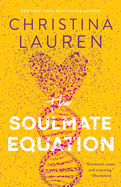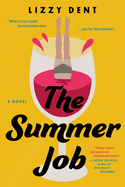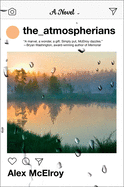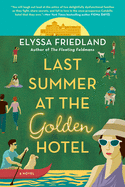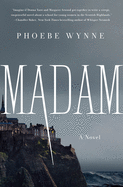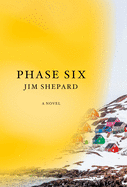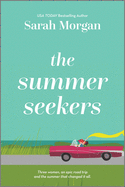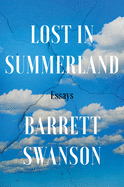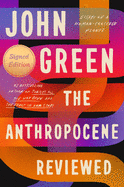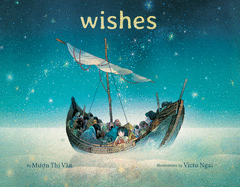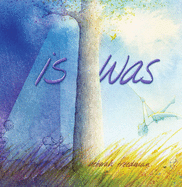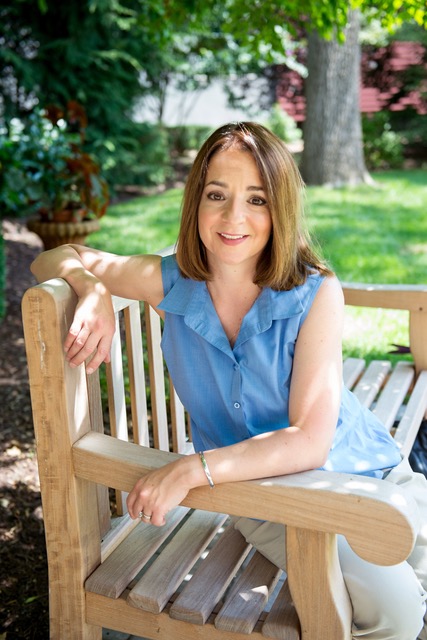 |
| (photo: Mindy Schwartz) |
Pam Jenoff is a bestselling novelist whose works often focus on World War II. The Philadelphia-based writer is a law professor at Rutgers University, drawing on her experience at the Pentagon and with the State Department in her classes and in her writing. Her time among Jewish communities in Poland led her to write The Woman with the Blue Star (Park Row Books, May 2021), a story of isolation and courage in the sewers of Kraków.
Over the years, your work has demonstrated a deep attachment to World War II. What about the time period proves so continually captivating to you?
My love for the World War II era comes from the years I spent working in Kraków, Poland, as a diplomat for the State Department. During that time, I worked on Holocaust issues and became very close to the surviving Jewish community in a way that deeply moved and changed me. More globally, I think World War II has great resonance for authors and readers. There is a drive to capture and tell stories from survivors now while we still have a chance. There is also a great deal of archival material that became available to authors and researchers after the Cold War ended that provides new ideas for books. And as an author, my goal is to take my reader and put her or him in the shoes of my protagonist so she or he asks, "What would I have done?"
You were working at a law firm in Philadelphia when you first decided to try this whole writing thing. Tell us about that moment of epiphany.
I always wanted to be a writer, but throughout my many years abroad and in school, when I had plenty of time to write, I could never quite get started. After I returned from working as a diplomat in Poland, I went to law school and started working at a large Philadelphia law firm--my first day was September 4, 2001. Exactly one week later, when 9/11 happened, I had a life epiphany: being a lawyer was a fine career, but I had always held a deeper dream of becoming a novelist. If I had been one of the 9/11 victims, I never would have realized my dream; I didn't have forever, and I needed to get started right away. I took a night course called "Write Your Novel This Year" and started working on what would become my first novel, The Kommandant's Girl. I still had the day job with its long hours and student loan debt to be repaid, so I wrote those early books every day from 5-7 in the morning. My first book was rejected 39 times. But it was the first step to seeing it in a bookstore five years later.
You have a deep connection to the setting of The Woman with the Blue Star, when you wrote this book, you hadn't been to Kraków in two decades. How did you go about re-creating this place you knew well but couldn't possibly know completely, whether in the present day or in the 1940s?
I always say that I left a huge piece of my heart in Poland. However, the challenges of three children and a day job have long kept me from returning to Europe, and I have had to rely on a wealth of sources (historical texts, memoirs, periodicals, photographs, maps, testimony, etc.). For The Woman with the Blue Star, I was determined to return to Kraków and walk the streets. I planned a trip and was scheduled to leave on March 11, 2020--a plan which was thwarted by both the explosion of Covid that week and an emergency appendectomy! So I was back to my use of other source materials, aided this time by several dear friends at the U.S. Consulate in Kraków, who put me in touch with experts who could help remotely.
You've written before that your interactions with the Polish Jewish community in Kraków changed your life. Did those connections ultimately spur you to become a writer?
When I was sent to Poland by the State Department in 1996, I was in my early 20s. I went alone, and you have to remember that this was before the Internet or cell phones, so I was truly alone on the other side of the world. Being Jewish, I gravitated toward the surviving Jewish community in Poland for companionship. I went to shul (synagogue) every Friday night and to the rabbi's house for lunch every Saturday. These folks came to know and trust me and share their stories from during the war. I was moved and changed by my experiences in Poland, and I knew I wanted to write fictitiously about all I had learned. I call my books love stories to the people who lived through that most difficult of eras.
In the acknowledgments section of the book, you write that this story began when you turned in a book in December 2019 "that was not at all right." Somehow, that book became The Woman with the Blue Star. Can you reveal more about why and how that happened?
I like to be very candid about my writer's journey, even the tremendous missteps, because I hope it will help others who are struggling with their books or other aspects of life. The first version I wrote of The Woman with the Blue Star was told from a single point of view (Sadie's) and spent less time with Sadie in the sewer and more after the war. My editor, Erika Imranyi, read the manuscript and told me that it just wasn't right. Erika and I have a long and meaningful relationship, and I respect the opinion of her and my agent, Susan Ginsburg, tremendously when it comes to my work. So I took Erika's feedback to heart and started over, even though it meant scrapping 90% of the first book. It was initially disheartening to "fail" so spectacularly after 10 novels. I moped around for about 10 minutes after receiving her feedback, then sat down and started writing. I rewrote it to include Ella's point of view and focus on what happened during the war.
You wrote most of this novel during the pandemic. Did your own feelings of isolation shape how you crafted Sadie's story?
I was deep into the writing of this book when the pandemic began. To be clear, our circumstances over the past year have been nowhere near as horrific as what Sadie endured hiding in the sewer to stay alive during the Holocaust. Nevertheless, I found myself drawing parallels between things we all faced and Sadie's struggle. When the pandemic started, we were all suddenly isolated, and for many people, alone. We were all forced outside of our comfort zones. We faced new challenges, like making sure we could procure the things we needed for ourselves and our families, such as toilet paper and groceries. For me, things that I had taken for granted, like being able to see my mom every day, were simply not possible. Reflecting on the parallels between the sudden, unexpected ways our lives and Sadie's had been changed both provided for a richer, more reflective writing experience and gave me strength in my own daily struggles.
Without spoiling too much, tell us how you decided on that heart-wrenching ending. Was it necessary to make the story feel realistic?
In real life, many of the Jews in the sewer in Lvov were there until their city was liberated. Due to the constraints of timeline and story, that was simply not possible for my story set in Kraków. I wanted an ending that depicted the struggles and dilemmas my characters faced, while at the same time showing the ways they had grown and had come to rely on one another.
In 2020, we heard the word "unprecedented" thrown around a lot, both in response to the pandemic but also to political events. What historical fiction reminds us is that almost nothing is truly "unprecedented." Is that what draws you to the genre?
One of the things that draws me most powerfully to historical fiction is the way that readers respond to it. They are eager not just for a great story but to learn from the past and to draw parallels to modern life to cope and connect and move forward, as individuals and as a society. I consider it my honor and great responsibility to share that journey with them.
In that vein, how--in your opinion--does one write historical fiction that feels "relevant"?
I don't set out to write books about a certain "theme." I want to write about people during a particular era in a way that readers can empathize with and perhaps learn as well. Yet sometimes through the writing a theme will emerge. For The Woman with the Blue Star, written in part during the pandemic, it is human connection in times of extreme isolation, a theme which I think and hope will resonate with readers. I believe if I write authentically the relevance will come on its own. --Lauren Puckett
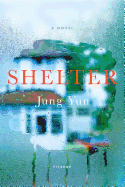 I picked up Shelter by Jung Yun (Picador, $16) several weeks ago, at first thinking that this would be a tense domestic drama about a middle-class family who are underwater on their home payments. To my utter surprise, it transforms into a gripping crime novel about a home invasion, and then shifts yet again into a deeply nuanced story about a family history of trauma.
I picked up Shelter by Jung Yun (Picador, $16) several weeks ago, at first thinking that this would be a tense domestic drama about a middle-class family who are underwater on their home payments. To my utter surprise, it transforms into a gripping crime novel about a home invasion, and then shifts yet again into a deeply nuanced story about a family history of trauma.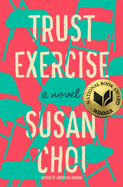 The National Book Award-winning Trust Exercise by Susan Choi (Holt McDougal, $15.99) also transforms by jaw-dropping leaps and bounds. First, we're introduced to ambitious students at a performing arts school, but before you know it, the script is flipped and suddenly we're contending with the nature of truth.
The National Book Award-winning Trust Exercise by Susan Choi (Holt McDougal, $15.99) also transforms by jaw-dropping leaps and bounds. First, we're introduced to ambitious students at a performing arts school, but before you know it, the script is flipped and suddenly we're contending with the nature of truth.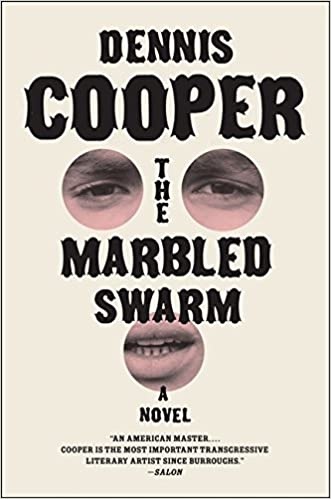 To call these "twists" doesn't even begin to do them justice. The Marbled Swarm by Dennis Cooper (Harper Perennial, $14.99) shakes the very foundations of what fiction is as Cooper seduces readers, with trademark luridness, into an appalling world of transgression; meanwhile, he slyly offers an invaluable lesson on storytelling craft.
To call these "twists" doesn't even begin to do them justice. The Marbled Swarm by Dennis Cooper (Harper Perennial, $14.99) shakes the very foundations of what fiction is as Cooper seduces readers, with trademark luridness, into an appalling world of transgression; meanwhile, he slyly offers an invaluable lesson on storytelling craft.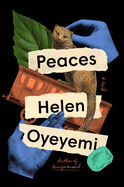 But perhaps most earthshattering of all, the freshly minted Peaces by Helen Oyeyemi (Riverhead, $27) splinters expectations entirely. Each chapter left me gasping, WHAT?? And months later, I still flounder when explaining how an amusing train carriage getaway for two left me questioning some pretty fundamental elements of reality, like what it means to see.
But perhaps most earthshattering of all, the freshly minted Peaces by Helen Oyeyemi (Riverhead, $27) splinters expectations entirely. Each chapter left me gasping, WHAT?? And months later, I still flounder when explaining how an amusing train carriage getaway for two left me questioning some pretty fundamental elements of reality, like what it means to see.


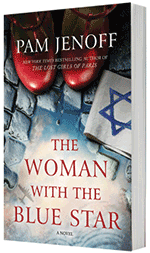


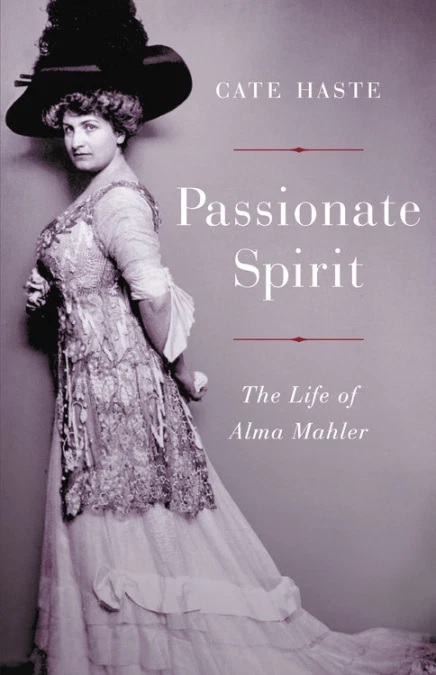 Cate Haste, the historian, author and filmmaker who wrote eight books over the course of her career and directed many documentary series, died recently at age 75. Haste's first book was Keep the Home Fires Burning, which was published in 1977 and discussed British propaganda in World War I. She made her directorial debut that same year with The Secret War, about scientific and engineering advances during World War II. She wrote Rules of Desire, about the history of sex post-World War I, in 1992. Sex was a subject to which she often returned--Haste directed six documentaries about sexual freedom in Britain throughout her career. She went on to co-write The Goldfish Bowl with Cherie Booth, the wife of Tony Blair, which discussed the role that the prime minister's spouse has played since the 1950s.
Cate Haste, the historian, author and filmmaker who wrote eight books over the course of her career and directed many documentary series, died recently at age 75. Haste's first book was Keep the Home Fires Burning, which was published in 1977 and discussed British propaganda in World War I. She made her directorial debut that same year with The Secret War, about scientific and engineering advances during World War II. She wrote Rules of Desire, about the history of sex post-World War I, in 1992. Sex was a subject to which she often returned--Haste directed six documentaries about sexual freedom in Britain throughout her career. She went on to co-write The Goldfish Bowl with Cherie Booth, the wife of Tony Blair, which discussed the role that the prime minister's spouse has played since the 1950s.